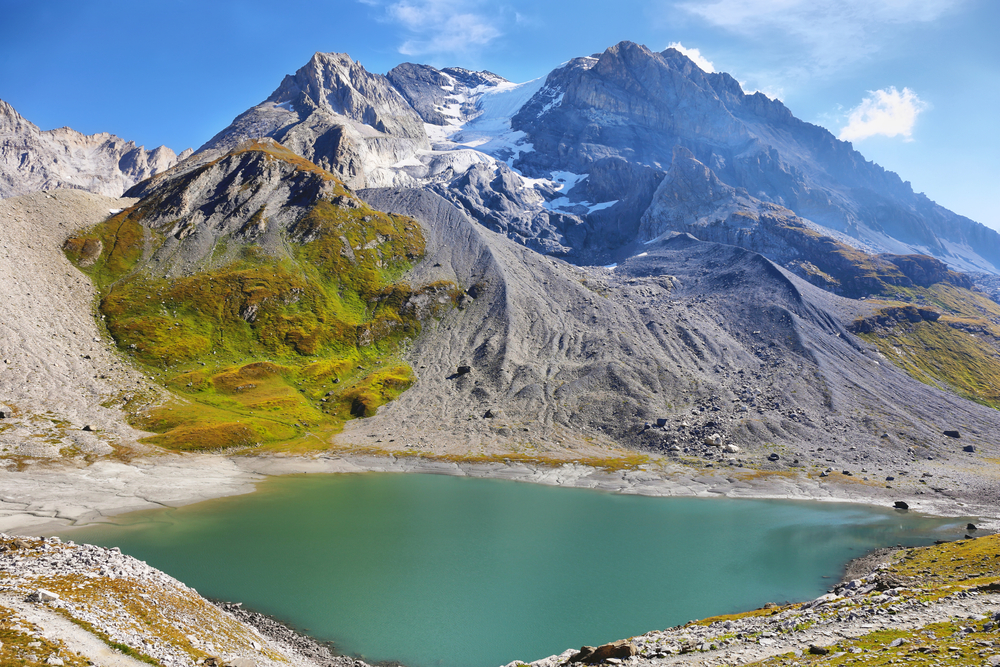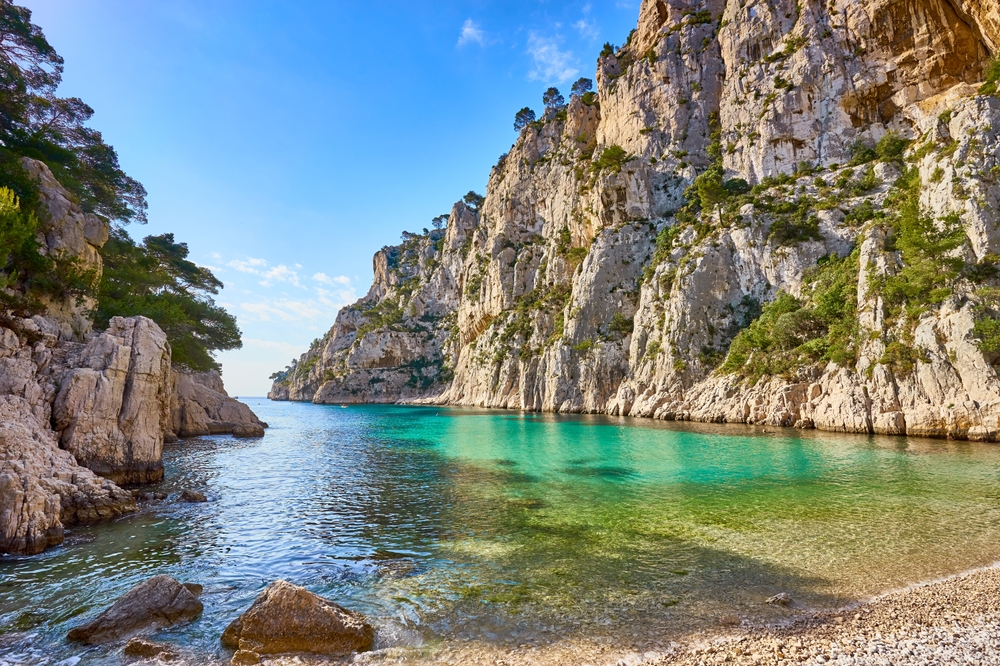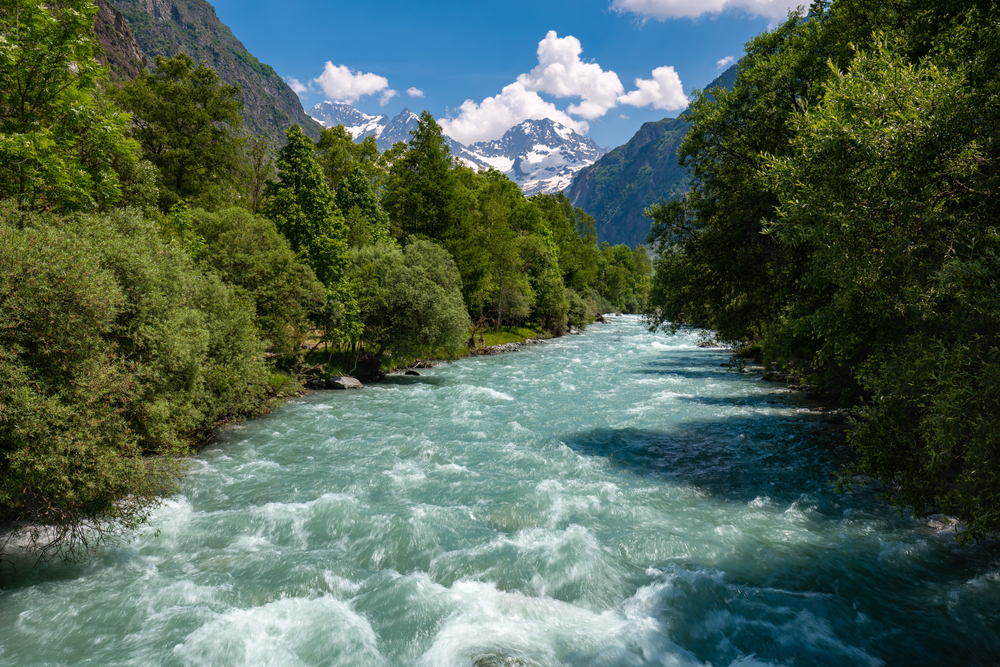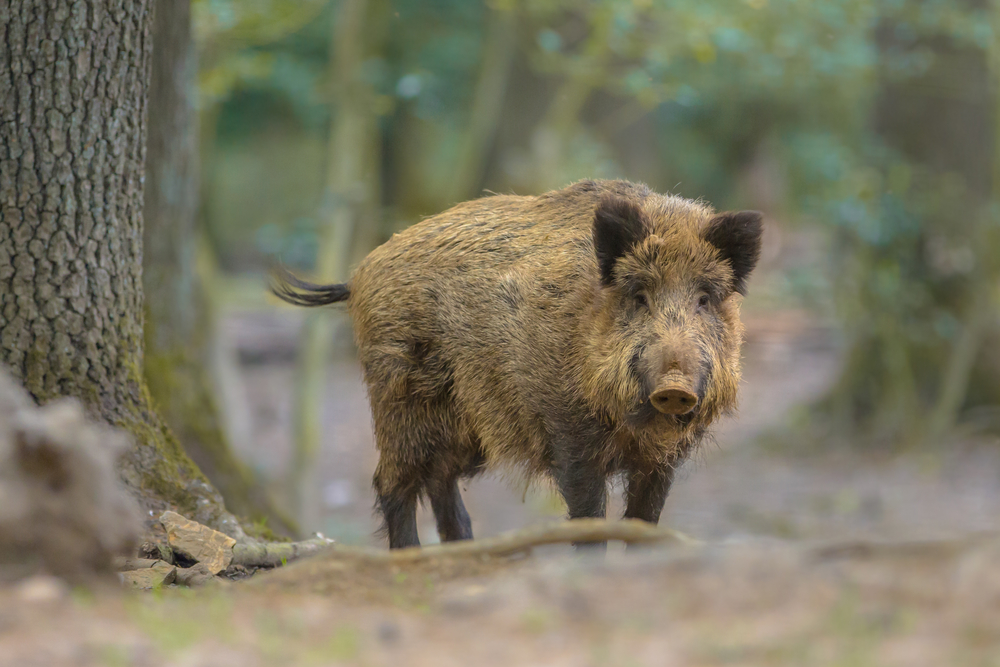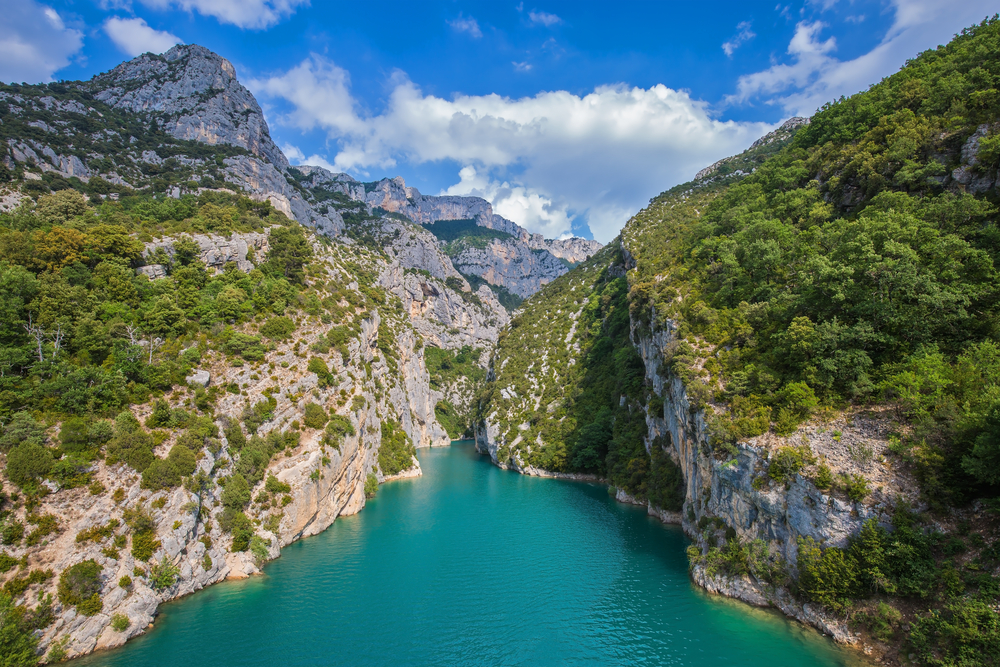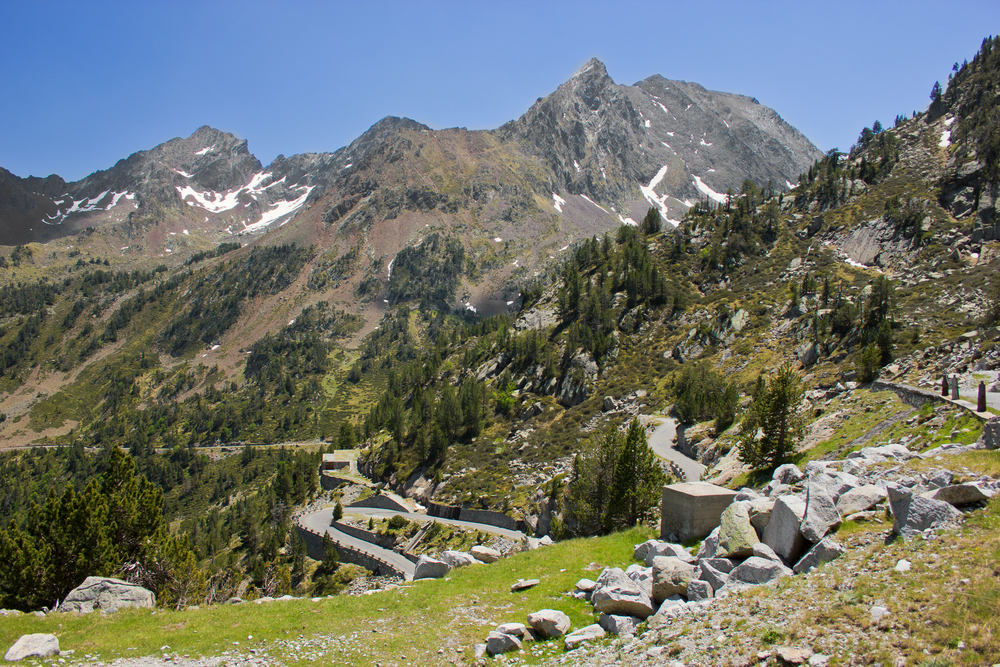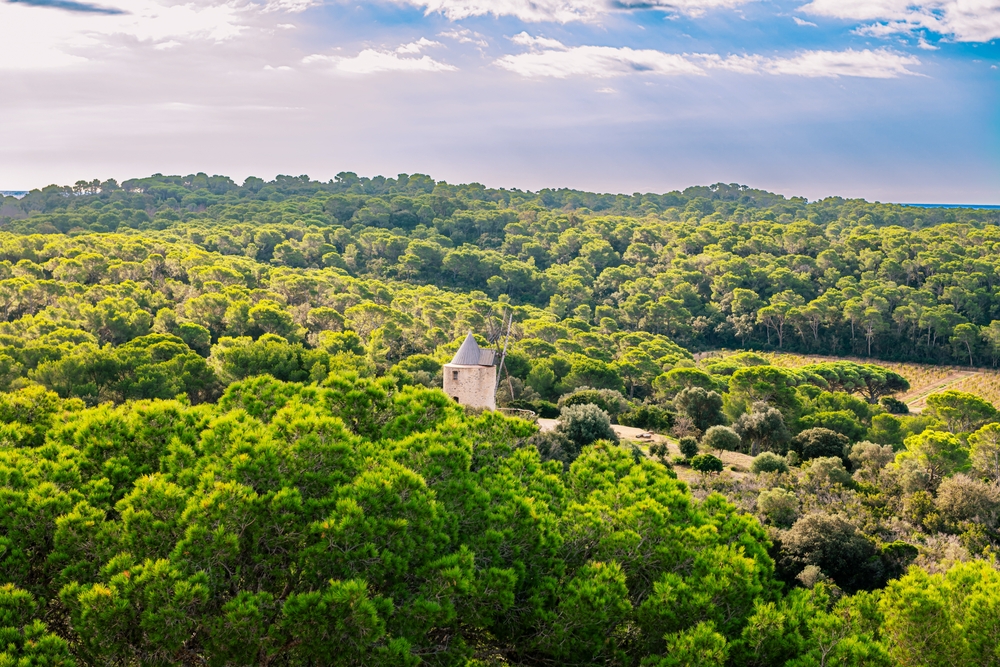Vanoise Overview
Vanoise National Park, or Parc national de la Vanoise in French, is located in the Savoie region of southeastern France, nestled within the French Alps.
Established in 1963 as France’s first national park, it spans approximately 520 square miles (1,347 square kilometers), providing a vast and pristine sanctuary for alpine wildlife and stunning landscapes. The park sits between the Tarentaise and Maurienne valleys, with its eastern boundary bordering Italy’s Gran Paradiso National Park, forming one of the largest protected areas in Western Europe.
Vanoise is renowned for its breathtaking mountainous terrain, featuring over 100 peaks that rise above 9,800 feet (3,000 meters), including La Grande Casse, the highest point at 12,648 feet (3,864 meters). Visitors will find vast glaciers, deep valleys, alpine meadows, and clear mountain streams, making it a paradise for nature lovers and outdoor enthusiasts.
The landscape of Vanoise is defined by its dramatic contrasts. Glaciers such as the Glacier de la Grande Motte and Glacier de la Vanoise carve through the high-altitude scenery, remnants of the region’s glacial past.
The lower elevations feature lush alpine meadows that burst with wildflowers in the summer, including edelweiss, gentians, and orchids, while larch and spruce forests blanket the valleys. The park’s rugged rock faces and steep cliffs make it a challenging yet rewarding environment for mountaineers and hikers.
Several picturesque lakes, such as Lac Blanc and Lac des Vaches, add to the park’s serene beauty, reflecting the surrounding peaks and offering peaceful spots for contemplation.
Vanoise National Park is a haven for wildlife, with one of the most significant populations of Alpine ibex in Europe. These majestic mountain goats, once nearly extinct, have thrived under the park’s protection. Other notable mammals include chamois, red deer, marmots, and the elusive Eurasian lynx.
The park is also an important birdwatching destination, home to golden eagles, bearded vultures, peregrine falcons, and ptarmigans. The bearded vulture, reintroduced to the region, is a particular conservation success story, as the species was once nearly wiped out in the Alps. Birdsong and the calls of marmots echo through the valleys, adding to the immersive natural experience of the park.
Among the park’s most popular features are its extensive hiking trails, including sections of the legendary GR5 and Tour des Glaciers de la Vanoise, which allow visitors to traverse the park’s stunning landscapes on foot. In winter, ski touring and snowshoeing are favored activities, providing a quieter alternative to the bustling ski resorts of the surrounding Savoie region.
Traditional alpine refuges offer shelter and hospitality to trekkers, allowing for multi-day adventures through the park’s rugged beauty. Photographers and nature enthusiasts are drawn to the scenic vistas and opportunities to observe wildlife up close.
Conservation has been at the heart of Vanoise National Park’s mission since its inception. The successful reintroduction and protection of the Alpine ibex and bearded vulture highlight the park’s role in wildlife conservation.
However, challenges persist, including climate change affecting glacier retreat and fragile alpine ecosystems. The park works to balance tourism with environmental stewardship, encouraging responsible exploration while preserving its rich biodiversity.
Through ongoing scientific research, conservation programs, and sustainable visitor management, Vanoise National Park remains a pristine and cherished part of the French Alps.








































































